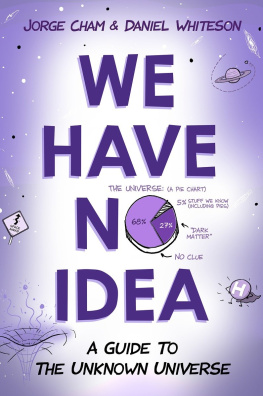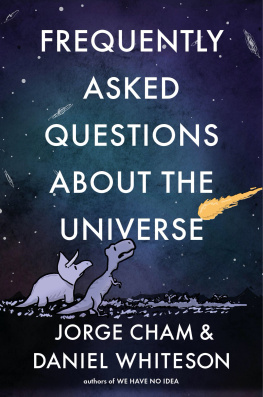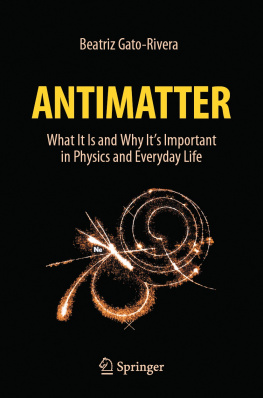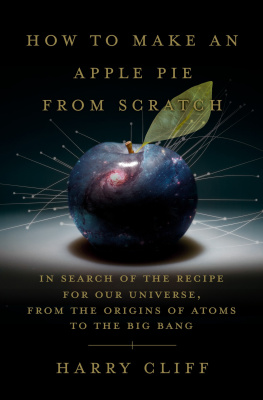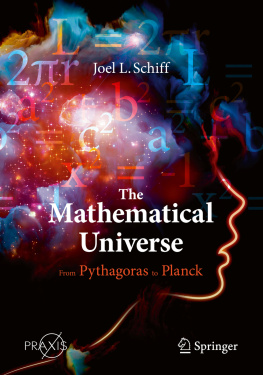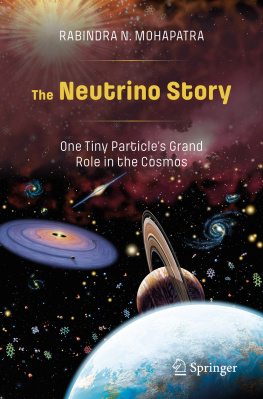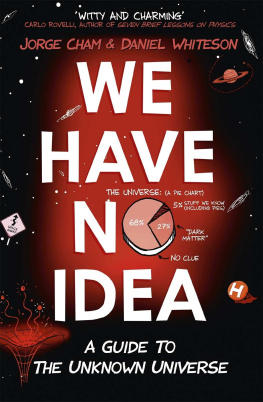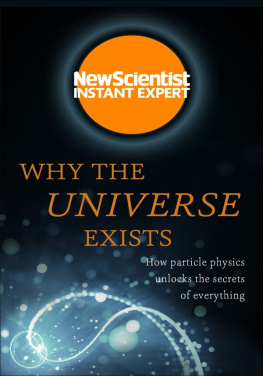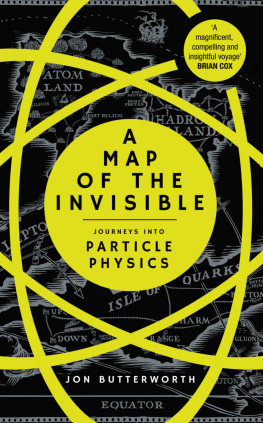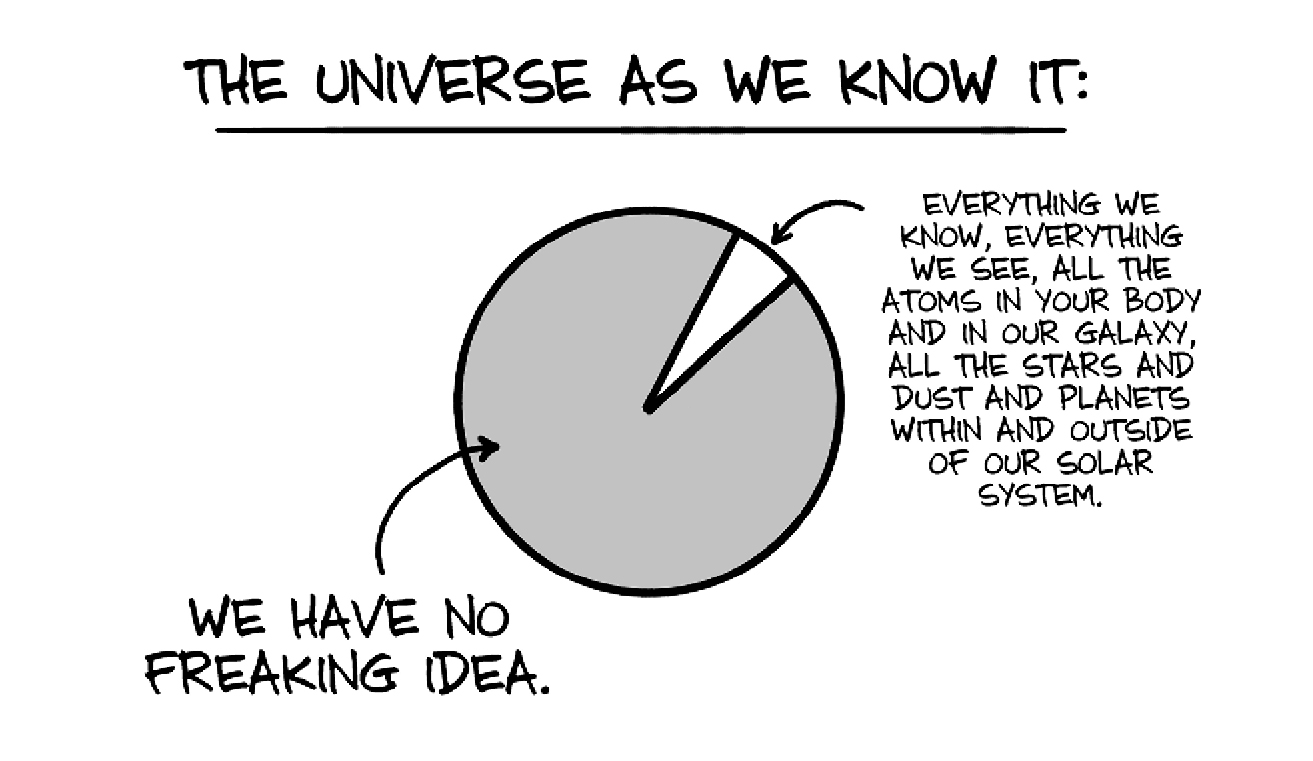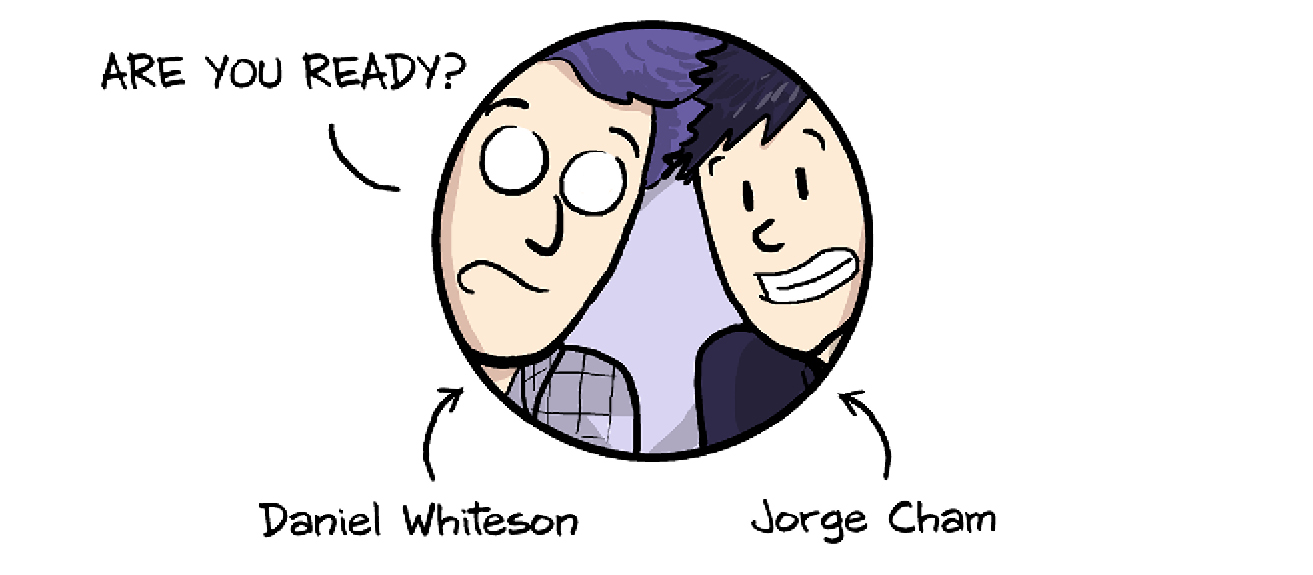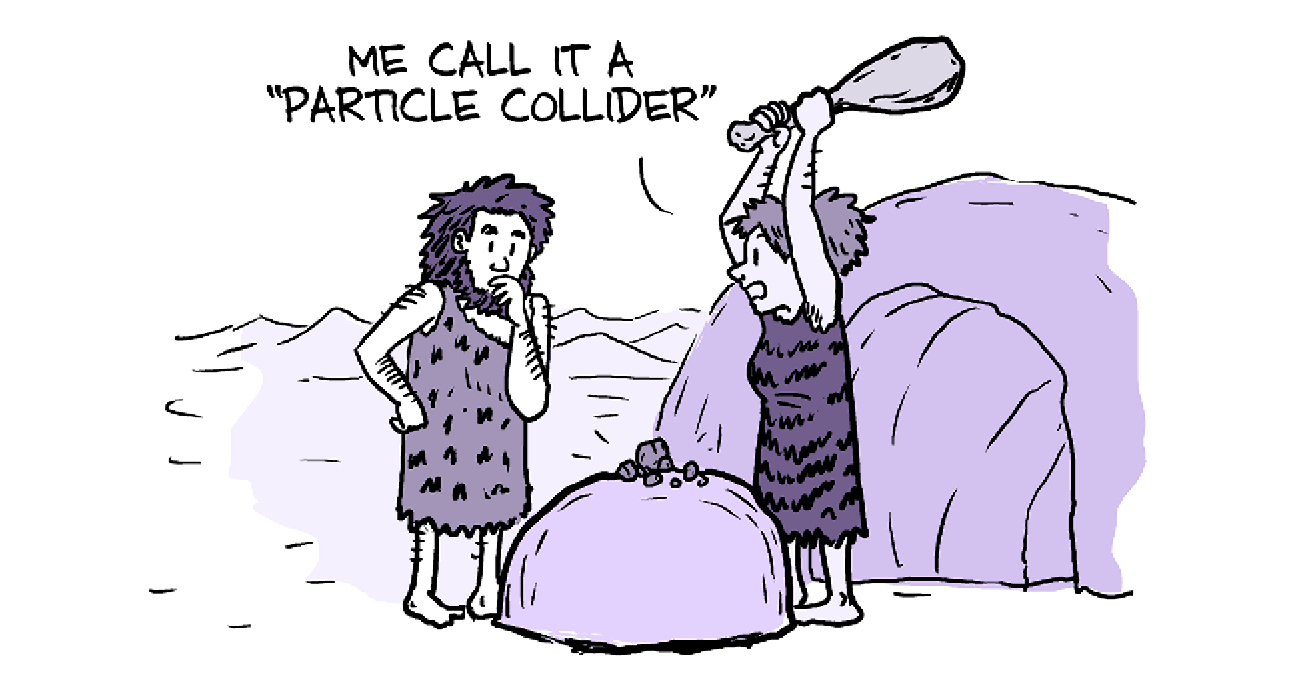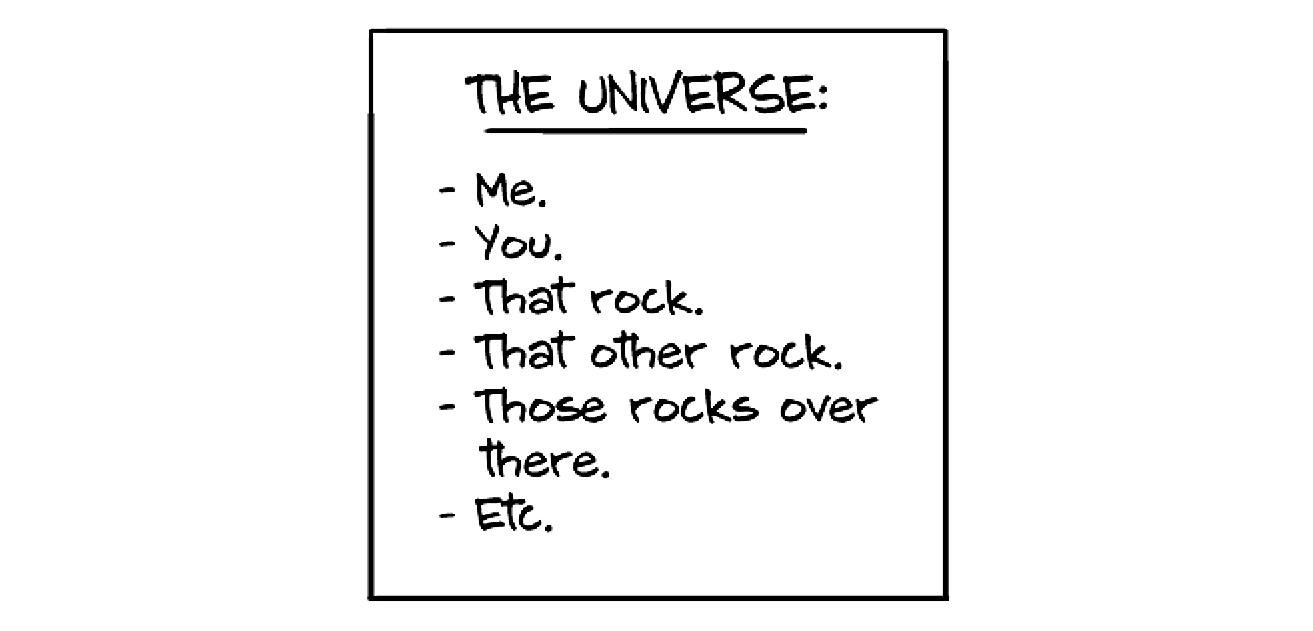
RIVERHEAD BOOKS
An imprint of Penguin Random House LLC
375 Hudson Street
New York, New York 10014

Copyright 2017 by Jorge Cham and Daniel Whiteson
Penguin supports copyright. Copyright fuels creativity, encourages diverse voices, promotes free speech, and creates a vibrant culture. Thank you for buying an authorized edition of this book and for complying with copyright laws by not reproducing, scanning, or distributing any part of it in any form without permission. You are supporting writers and allowing Penguin to continue to publish books for every reader.
Ebook ISBN: 9780735211537
Library of Congress Cataloging-in-Publication Data
Names: Cham, Jorge. | Whiteson, Daniel.
Title: We have no idea : a guide to the unknown universe / Jorge Cham and Daniel Whiteson.
Description: New York : Riverhead Books, 2017. | Includes bibliographical references and index.
Identifiers: LCCN 2016049070 | ISBN 9780735211513
Subjects: LCSH: CosmologyPopular works.
Classification: LCC QB982 .C43 2017 | DDC 523.1dc23
LC record available at https://lccn.loc.gov/2016049070
p. cm.
While the authors have made every effort to provide accurate telephone numbers, Internet addresses, and other contact information at the time of publication, neither the publisher nor the authors assumes any responsibility for errors, or for changes that occur after publication. Further, the publisher does not have any control over and does not assume any responsibility for author or third-party websites or their content.
Version_1
For my daughter, Elinor.
J.C.
To my family, for supporting all the chapters of my life, even those with bad puns in them.
D.W.
Contents
Introduction
W ould you like to know how the universe began, what its made of, and how it will end? To understand where time and space come from? To know whether we are alone in the universe?
Too bad! This book will not give you any of those answers.
Instead, this book is about all the things we dont know about the universe: all the big questions that you might think we have already answered but actually havent.
We often hear on the news about some big discovery that answers a deep question about our universe. But how many people had heard of the question before they learned the answer? And how many big questions are still left unanswered? Thats what this book is for, to introduce you to the open questions.
In the pages ahead, well explain what the biggest unanswered questions in the universe are and why they are still mysteries. By the end, youll have a deeper grasp of just how absurd it is to think that we have any clue whats going on or how the universe really works. On the upside, at least youll have a clue as to why we dont have a clue.
The point of the book is not to make you feel depressed about what we dont know but to fill you with a sense of excitement about the incredible amount of uncharted territory left to explore. For each unsolved cosmic mystery, we will also reveal what the answers could mean for humans and what mind-blowing surprises could be hiding in each unknown. We will teach you to look at the world in a different wayby understanding what we dont know, we can see that the future is still full of amazing possibilities.
So strap in, get comfortable, and get ready to explore the depths of our ignorance, because the first step in discovery is to know what is unknown. We are about to embark on a journey through the biggest mysteries in the universe.
1.
What Is the Universe Made Of?
In Which You Learn You Are Quite Weird and Special
I f you are a human being (well go with that assumption for now), then you probably cant help but be a little curious about the world around you. Its part of what it means to be human, and its part of why you picked up this book.
Its not a new feeling. Since the dawn of time, people have wondered about the answers to some basic and very reasonable questions about the world around us:
What is the universe made of?
Are big rocks made of smaller rocks?
Why cant we eat rocks?
What is it like to be a bat?
The first question, What is the universe made of? is a pretty big question. Its big not just because of the topic (it doesnt get much bigger than the universe), but because asking what the universe is made of is relevant to everyone. Its like asking what your house and everything in it (including you) are made out of. You dont need a deep understanding of mathematics or physics to understand that this question affects each and every one of us.
Say you were the first person to ever try to answer the question What is the universe made of? A good approach would be to try the simplest, most nave idea first. For example, you might say that the universe is made of the things we can see in it, so you could answer the question by making a list. Such a list might start like this:
But this approach has major problems. First, your list is going to be very, very long. It needs to include every rock on every planet in the universe, and it needs to include your list itself (its also part of the universe). If you require that the list includes objects as well as the bits inside them, then it could be infinitely long. If you dont require the list to mention the bits inside objects on the list, then you could have a list of one element: the universe. Clearly, this approach has big problems however you go about it.
But more important, making a list doesnt really answer the question. The kind of answer that would be satisfying wouldnt just record the complexity we see around usthe nearly infinite variety of stuff we see in our surroundingsit would simplify it for us, too. That is precisely the triumph of the periodic table of the elements (the one with oxygen, iron, carbon, etc.). It describes every object that humans have ever seen, touched, tasted, or thrown at each other, all in terms of around a hundred basic building blocks. It reveals that the universe is organized under the same principle as Legos. With the same set of tiny plastic blocks, you can make toy dinosaurs, airplanes, or piratesor create your own hybrid flying dino-pirate.

